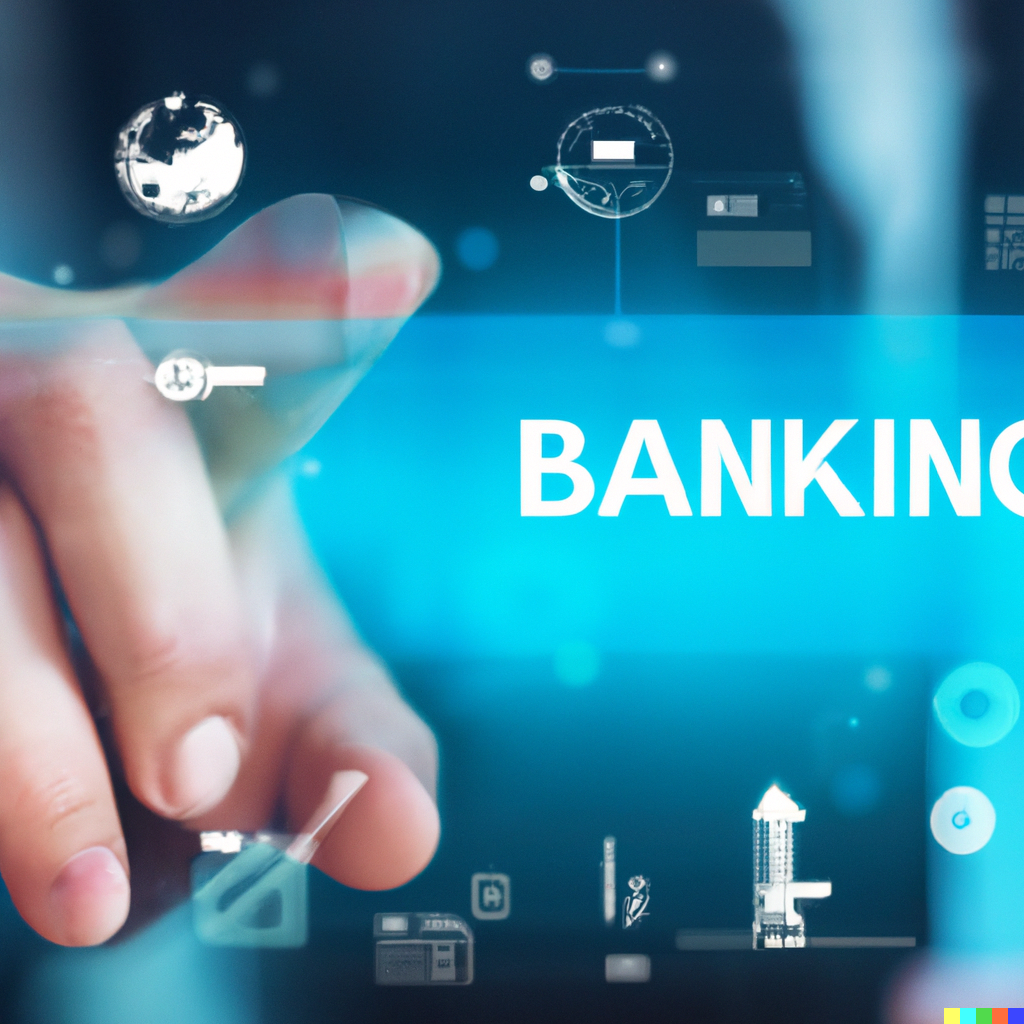June 26 | BankTech Banking Technology

In a rapidly evolving digital landscape, traditional banking is undergoing a seismic shift. At the forefront of this transformation is Banking Technology (BankTech)—a term encompassing the tools, systems, platforms, and innovations that are redefining how banks operate and engage with customers. From mobile banking apps to AI-driven fraud detection, BankTech is not just a support function—it’s becoming the core of modern banking strategy.
This article explores the major trends, benefits, challenges, and the future of BankTech, providing a comprehensive overview of how technology is revolutionizing the financial services industry.
BankTech refers to the integration of advanced technologies into banking operations and customer services. This includes:
These technologies enhance efficiency, reduce costs, improve customer experiences, and enable financial inclusion.
Neobanks and challenger banks like Chime, Revolut, and Monzo have embraced a mobile-first model, eliminating physical branches and offering 24/7 digital services. Traditional banks are responding with enhanced digital offerings and omnichannel experiences.
Banks are leveraging AI for:
AI helps institutions shift from reactive to proactive decision-making.
Open Banking allows third-party developers to build applications and services around financial institutions using APIs. This fosters innovation and competition, with benefits like:
While still nascent in mainstream banking, blockchain is being tested for cross-border payments, smart contracts, KYC compliance, and digital identity. Central banks are also exploring CBDCs (Central Bank Digital Currencies) as part of the shift.
With increased digitization comes greater risk. Banks are investing in:
Many banks still rely on outdated mainframe architectures that resist integration with new technologies.
The more digital channels and third-party integrations, the greater the exposure to threats.
Staying compliant with international standards (e.g., GDPR, PSD2, Basel III) while innovating is a delicate balance.
Cultural resistance within large institutions can hinder digital transformation. Upskilling staff and aligning leadership are critical.
The next decade will see:
Traditional banks will increasingly resemble technology companies, either through internal innovation or partnerships with fintechs.
Conclusion
Banking Technology is no longer optional—it’s the backbone of future-ready financial institutions. As customer expectations evolve and new players disrupt the market, only those banks that embrace continuous innovation will remain competitive. Whether through building, partnering, or acquiring tech capabilities, the time for digital transformation is now.
Call to Action
Is your organization ready to harness the full potential of BankTech? Start by evaluating your current systems, setting a digital vision, and investing in the right talent and tools to lead in this new era of banking.
SHARE THIS:
© Copyright 2025Global Tech AwardsAll Rights Reserved